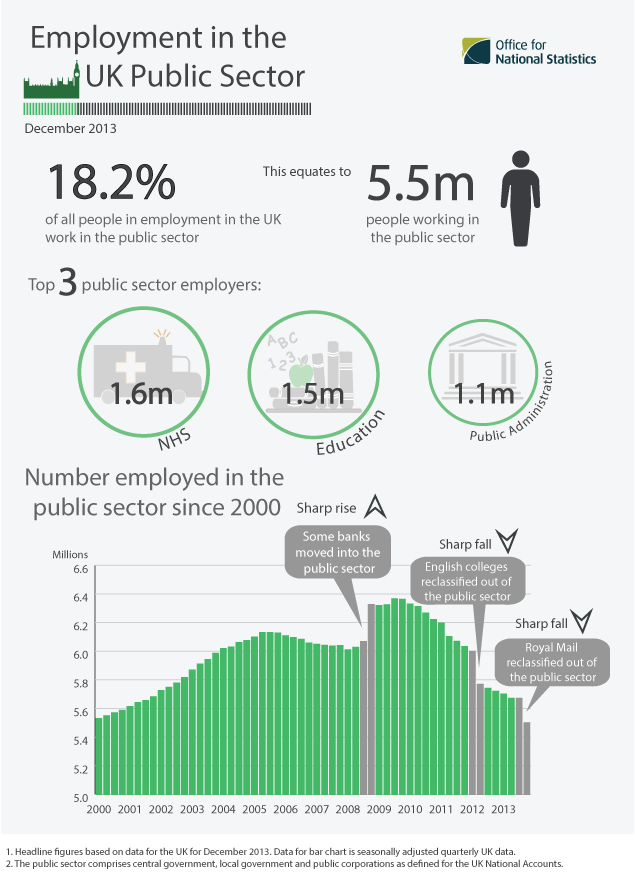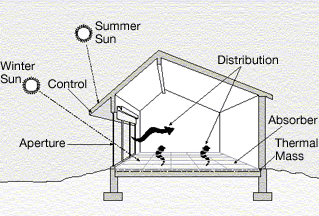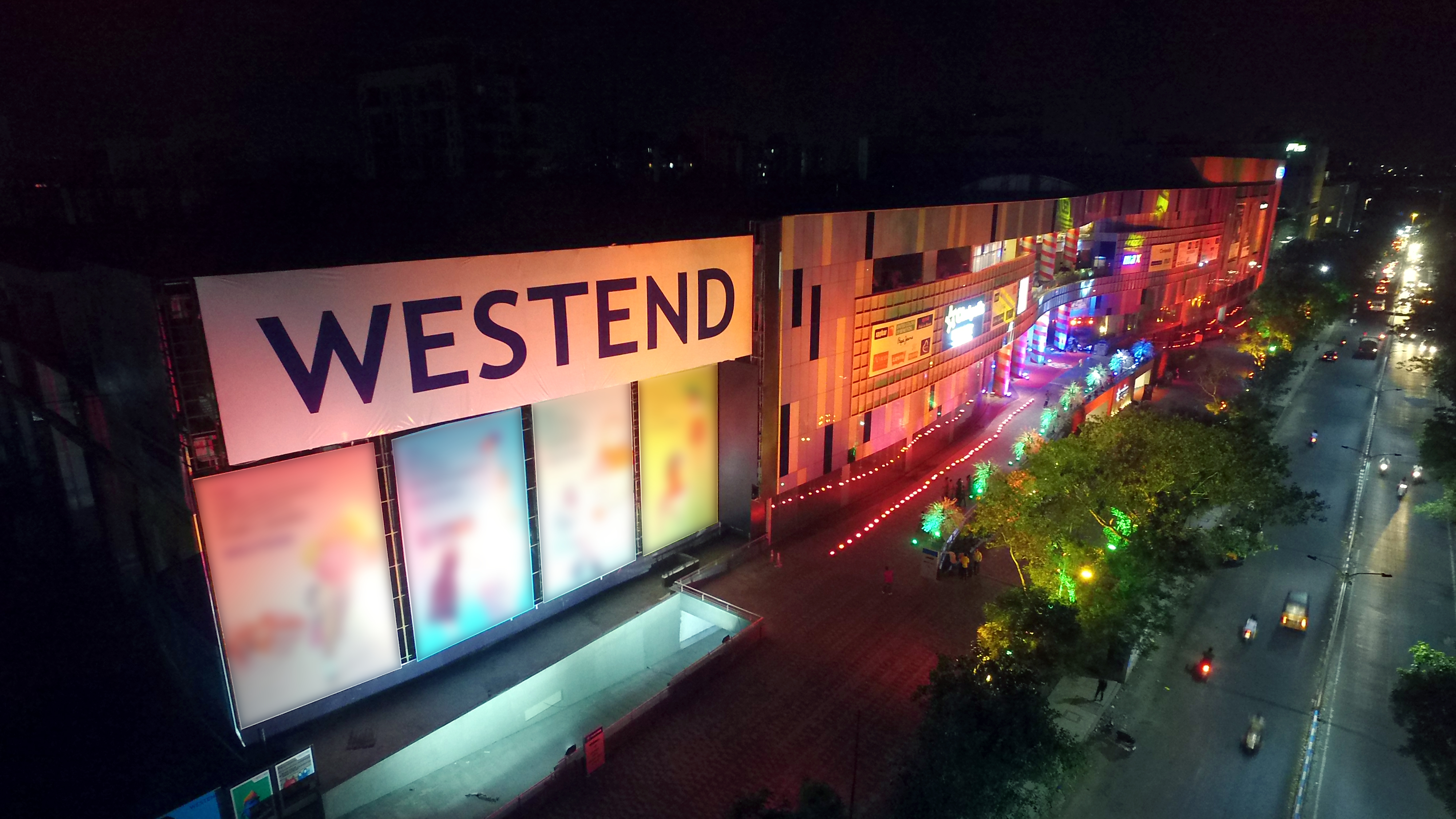|
Maharashtra Energy Development Agency
Maharashtra Energy Development Agency - MEDA is a Maharashtra government institute run with the Federal Government of India, to regulate energy conservation and to promote the development of renewable energy in Maharashtra State, including solar energy, bio-energy and wind energy Wind power or wind energy is mostly the use of wind turbines to generate electricity. Wind power is a popular, sustainable, renewable energy source that has a much smaller impact on the environment than burning fossil fuels. Historically, .... MEDA is working as a State Nodal Agency (SNA) under the aegis of Energy Department, the State of Maharashtra. MEDA is also working as a State Designated Agency (SDA) for implementation of Bureau of Energy Efficiency (BEE), Ministry of Power, Govt. of India and Government of Maharashtra. the State of Maharashtra. MEDA is also working as a State Designated Agency (SDA) for implementation of Energy Conservation Act, 2001 under the guidance of Bureau of E ... [...More Info...] [...Related Items...] OR: [Wikipedia] [Google] [Baidu] |
Public Sector
The public sector, also called the state sector, is the part of the economy composed of both public services and public enterprises. Public sectors include the public goods and governmental services such as the military, law enforcement, infrastructure, public transit, public education, along with health care and those working for the government itself, such as elected officials. The public sector might provide services that a non-payer cannot be excluded from (such as street lighting), services which benefit all of society rather than just the individual who uses the service. Public enterprises, or state-owned enterprises, are self-financing commercial enterprises that are under public ownership which provide various private goods and services for sale and usually operate on a commercial basis. Organizations that are not part of the public sector are either part of the private sector or voluntary sector. The private sector is composed of the economic sectors that are in ... [...More Info...] [...Related Items...] OR: [Wikipedia] [Google] [Baidu] |
Maharashtra Government
Maharashtra (; , abbr. MH or Maha) is a state in the western peninsular region of India occupying a substantial portion of the Deccan Plateau. Maharashtra is the second-most populous state in India and the second-most populous country subdivision globally. It was formed on 1 May 1960 by splitting the bilingual Bombay State, which had existed since 1956, into majority Marathi-speaking Maharashtra and Gujarati-speaking Gujarat. Maharashtra is home to the Marathi people, the predominant ethno-linguistic group, who speak the Marathi language, the official language of the state. The state is divided into 6 divisions and 36 districts, with the state capital being Mumbai, the most populous urban area in India, and Nagpur serving as the winter capital, which also hosts the winter session of the state legislature. Godavari and Krishna are the two major rivers in the state. Forests cover 16.47 per cent of the state's geographical area. Out of the total cultivable land in the state, ... [...More Info...] [...Related Items...] OR: [Wikipedia] [Google] [Baidu] |
Energy Conservation In India
The energy policy of India is to increase energy in India and reduce energy poverty, with more focus on developing alternative sources of energy, particularly nuclear, solar and wind energy. India attained 63% overall energy self-sufficiency in 2017. The primary energy consumption in India grew by 10.4% in CY2021 and is the third biggest with 6% global share after China and USA . The total primary energy consumption from coal (452.2 Mtoe; 45.88%), crude oil (239.1 Mtoe; 29.55%), natural gas (49.9 Mtoe; 6.17%), nuclear energy (8.8 Mtoe; 1.09%), hydroelectricity (31.6 Mtoe; 3.91%) and renewable power (27.5 Mtoe; 3.40%) is 809.2 Mtoe (excluding traditional biomass use) in the calendar year 2018. In 2018, India's net imports are nearly 205.3 million tons of crude oil and its products, 26.3 Mtoe of LNG and 141.7 Mtoe coal totaling to 373.3 Mtoe of primary energy which is equal to 46.13% of total primary energy consumption. India is largely dependent on fossil fuel imports to ... [...More Info...] [...Related Items...] OR: [Wikipedia] [Google] [Baidu] |
Renewable Energy In India
India is world's 3rd largest consumer of electricity and world's 3rd largest renewable energy producer with 40% of energy capacity installed in the year 2022 (160 GW of 400 GW) coming from renewable sources. Ernst & Young's (EY) 2021 Renewable Energy Country Attractiveness Index (RECAI) ranked India 3rd behind USA and China.2019 Renewable Energy Country Attractiveness Index (RECAI) Ernst & Young, 2021. In November 2021, India had a renewable energy capacity of 150 GW consisting of solar (48.55 GW), wind (40.03 GW), small hydro power (4.83 GW), bio-mass (10.62 GW), large hydro (46.51 GW), and nuclear (6.78 GW). India has committed for a goal of 500 GW renewable energy capacity by 2 ... [...More Info...] [...Related Items...] OR: [Wikipedia] [Google] [Baidu] |
Wind Energy
Wind power or wind energy is mostly the use of wind turbines to generate electricity. Wind power is a popular, sustainable, renewable energy source that has a much smaller impact on the environment than burning fossil fuels. Historically, wind power has been used in sails, windmills and windpumps but today it is mostly used to generate electricity. Wind farms consist of many individual wind turbines, which are connected to the electric power transmission network. New onshore (on-land) wind farms are cheaper than new coal or gas plants, but expansion of wind power is being hindered by fossil fuel subsidies. Onshore wind farms have a greater visual impact on the landscape than some other power stations. Small onshore wind farms can feed some energy into the grid or provide power to isolated off-grid locations. Offshore wind farms deliver more energy per installed capacity with less fluctuations and have less visual impact. Although there is less offshore wind power at ... [...More Info...] [...Related Items...] OR: [Wikipedia] [Google] [Baidu] |
Bio-energy
Biomass is plant-based material used as a fuel for heat or electricity production. It can be in the form of wood, wood residues, energy crops, agricultural residues, and waste from industry, farms, and households. Some people use the terms biomass and biofuel interchangeably, while others consider biofuel to be a ''liquid'' or ''gaseous'' fuel used for transportation, as defined by government authorities in the US and EU. The European Union's Joint Research Centre defines solid biofuel as raw or processed organic matter of biological origin used for energy, such as firewood, wood chips, and wood pellets. In 2019, biomass was used to produce 57 EJ (exajoules) of energy, compared to 190 EJ from crude oil, 168 EJ from coal, 144 EJ from natural gas, 30 EJ from nuclear, 15 EJ from hydro and 13 EJ from wind, solar and geothermal combined. Approximately 86% of modern bioenergy is used for heating applications, with 9% used for transport and 5% for electricity. Most of the global b ... [...More Info...] [...Related Items...] OR: [Wikipedia] [Google] [Baidu] |
Solar Energy
Solar energy is radiant light and heat from the Sun that is harnessed using a range of technologies such as solar power to generate electricity, solar thermal energy (including solar water heating), and solar architecture. It is an essential source of renewable energy, and its technologies are broadly characterized as either passive solar or active solar depending on how they capture and distribute solar energy or convert it into solar power. Active solar techniques include the use of photovoltaic systems, concentrated solar power, and solar water heating to harness the energy. Passive solar techniques include orienting a building to the Sun, selecting materials with favorable thermal mass or light-dispersing properties, and designing spaces that naturally circulate air. The large magnitude of solar energy available makes it a highly appealing source of electricity. In 2020 solar energy has been the cheapest source of Electricity. In Saudi Arabia a power purchase ... [...More Info...] [...Related Items...] OR: [Wikipedia] [Google] [Baidu] |
Renewable Energy
Renewable energy is energy that is collected from renewable resources that are naturally replenished on a Orders of magnitude (time), human timescale. It includes sources such as Solar power, sunlight, wind power, wind, the movement of Hydropower, water, and geothermal energy, geothermal heat. Although most renewable energy sources are sustainable energy, sustainable, some are not. For example, some biomass sources are considered unsustainable at current rates of exploitation of natural resources, exploitation. Renewable energy often provides energy for electricity generation to a grid, space heating, air and water heating/air conditioning, cooling, and stand-alone power systems. Renewable energy technology projects are typically large-scale, but they are also suited to rural and remote areas and Renewable energy in developing countries, developing countries, where energy is often crucial in Human development (humanity), human development. Renewable energy is often deployed toge ... [...More Info...] [...Related Items...] OR: [Wikipedia] [Google] [Baidu] |
Energy Conservation
Energy conservation is the effort to reduce wasteful energy consumption by using fewer energy services. This can be done by using energy more effectively (using less energy for continuous service) or changing one's behavior to use less service (for example, by driving less). Energy conservation can be achieved through energy efficiency, which has a number of advantages, including a reduction in greenhouse gas emissions, a smaller carbon footprint, and cost, water, and energy savings. Energy conservation is an essential factor in building design and construction. It has increased in importance since the 1970s, as 40% of energy use in the U.S. is in buildings. Recently, concern over the effects of climate change and global warming has emphasized the importance of energy conservation. Energy can only be transformed from one form to another, such as when heat energy is converted into vehicle motive power or when water flow's kinetic energy is converted into electricity in hydroelectr ... [...More Info...] [...Related Items...] OR: [Wikipedia] [Google] [Baidu] |
Government Of India
The Government of India ( ISO: ; often abbreviated as GoI), known as the Union Government or Central Government but often simply as the Centre, is the national government of the Republic of India, a federal democracy located in South Asia, consisting of 28 union states and eight union territories. Under the Constitution, there are three primary branches of government: the legislative, the executive and the judiciary, whose powers are vested in a bicameral Parliament, President, aided by the Council of Ministers, and the Supreme Court respectively. Through judicial evolution, the Parliament has lost its sovereignty as its amendments to the Constitution are subject to judicial intervention. Judicial appointments in India are unique in that the executive or legislature have negligible say. Etymology and history The Government of India Act 1833, passed by the British parliament, is the first such act of law with the epithet "Government of India". Basic structure The ... [...More Info...] [...Related Items...] OR: [Wikipedia] [Google] [Baidu] |
Government Of Maharashtra
The Government of Maharashtra is the state governing authority for the states of india, state of Maharashtra, India. It is a democratically elected State governments of India, government with 288 Member of the Legislative Assembly (India), MLAs elected to the Maharashtra Vidhan Sabha, Vidhan Sabha for a five-year term. Maharashtra has a Maharashtra Legislature which consists of two Houses, the Vidhan Sabha (Legislative Assembly) and the Vidhan Parishad (Legislative Council). As is the case in a parliamentary system, the government is formed by the party, Political alliance, alliance or group of assembly members who command the majority in the Lower House. The Lower House majority leader becomes the Chief Minister and selects the cabinet members from both Houses. In case an unelected person becomes the Chief Minister, they must be elected to either House within the following six months. Head Leaders Council of Ministers On 30 June 2022 Eknath Shinde was sworn in as the Chief ... [...More Info...] [...Related Items...] OR: [Wikipedia] [Google] [Baidu] |
Aundh, Pune
Aundh is an upscale, affluent neighbourhood in the city of Pune, India. Since its inception in the mid-1990s, Aundh has developed significantly as a residential area with proximity to the University of Pune. History Aundh was a village where the Battle of Khadki took place in 1817. Today, the area has become one of the best and up-market areas in the city. The residential real-estate prices in this area have seen a huge uptrend which has been largely driven by the demand coming from IT professionals as well as migrants from various parts of the country. Its proximity to the Mumbai-Pune express way and connectivity to Shivaji Nagar, makes it preferable to reside there than other parts of the city. Aundh also has become famous for various modern and innovative places of recreation and indulgence, such as the presence of a gourmet food store - Fine foods, gymnasiums - Golds Gym, Air, and a 3 star hotel - Seasons. Aundh is a popular hangout destination for the cosmopolitan cro ... [...More Info...] [...Related Items...] OR: [Wikipedia] [Google] [Baidu] |









